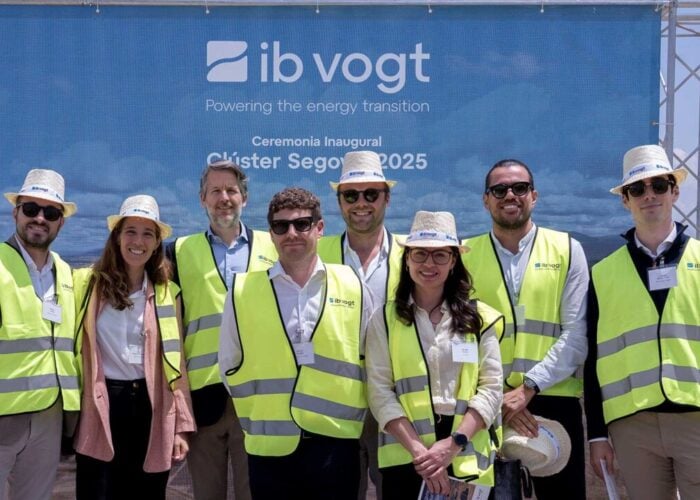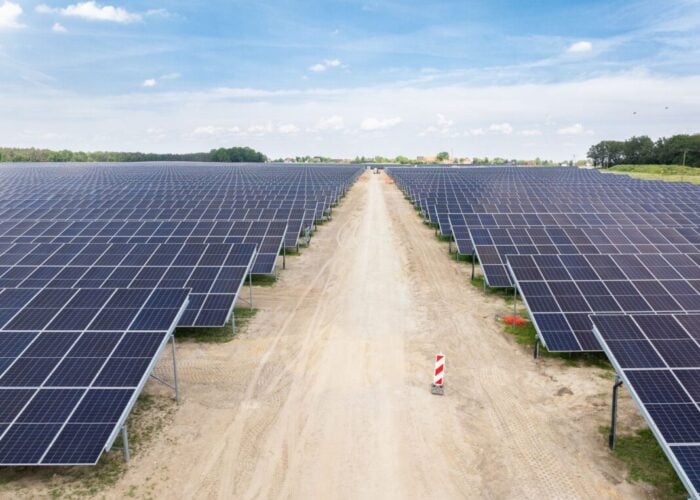Fraunhofer ISE is showcasing future cost reductions and higher cell efficiencies using industrially feasible galvanic processes, primarily copper at the 26th European Photovoltaic Solar Energy Conference and Exhibition from 5-9 September in Hamburg (Hall A4, Stand C11). ISE has demonstrated 21.4 % efficiency cells (2×2 cm²) with long-term-stable copper metallization and is now working on migrating the results to industry standard wafer sizes.
“The metallization based on copper and nickel offers a significant potential for cost savings for the next generation of silicon solar cells, and with it for power from sunlight”, says Dr. Markus Glatthaar, Head of Group “Advanced Processes”.
Unlock unlimited access for 12 whole months of distinctive global analysis
Photovoltaics International is now included.
- Regular insight and analysis of the industry’s biggest developments
- In-depth interviews with the industry’s leading figures
- Unlimited digital access to the PV Tech Power journal catalogue
- Unlimited digital access to the Photovoltaics International journal catalogue
- Access to more than 1,000 technical papers
- Discounts on Solar Media’s portfolio of events, in-person and virtual
According to ISE, the key challenge of copper metallization rests in the creation of a homogenous and qualitatively high-value layer between silicon and copper as this provided as a barrier against diffusion of copper into the semiconductor, which otherwise results in degradation and potential failure of the operating cell.
However, Nickel can be included in the process flow to act as a barrier to copper and silicon as well as acting as an electrical contact to the silicon.
“Our copper-metallized solar cells from the ETAlab are not only comparable with the efficiency of the titanium/palladium/silver reference technology, but also show an excellent stability in long-term tests. A thermal stress test of 1600 hours at 200 °C had no consequences for the efficiency,” remarked, Jonas Bartsch, Team Leader Plating Process Technology at ISE’s ETAlab.
The galvanic nickel-copper process does not require a printed silver contact layer, further increasing the potential for manufacturing cost savings.
Using an industrially feasible process, such as laser ablation, the anti-reflection coating (ARC) is removed locally, according to ISE. Structural widths in the range of 20µm are said to have been achieved.
This aspect reduces shading in comparison to screen printing. In the affected areas of the ARC, nickel can be selectively deposited, which is then reinforced and made solderable by the addition of copper and zinc or silver, giving solar cells with front and rear side passivation efficiency ratings of 21.4%, which were confirmed by CalLab PV Cells at Fraunhofer ISE.
Fraunhofer ISE researchers noted that due to the significant cost difference between silver and copper, just changing the material and keeping the efficiency the same, it was possible to reduce the production costs by about 8 euro cent/WP, or in other words, by up to 10%. Increased cell efficiencies would further reduce costs.







